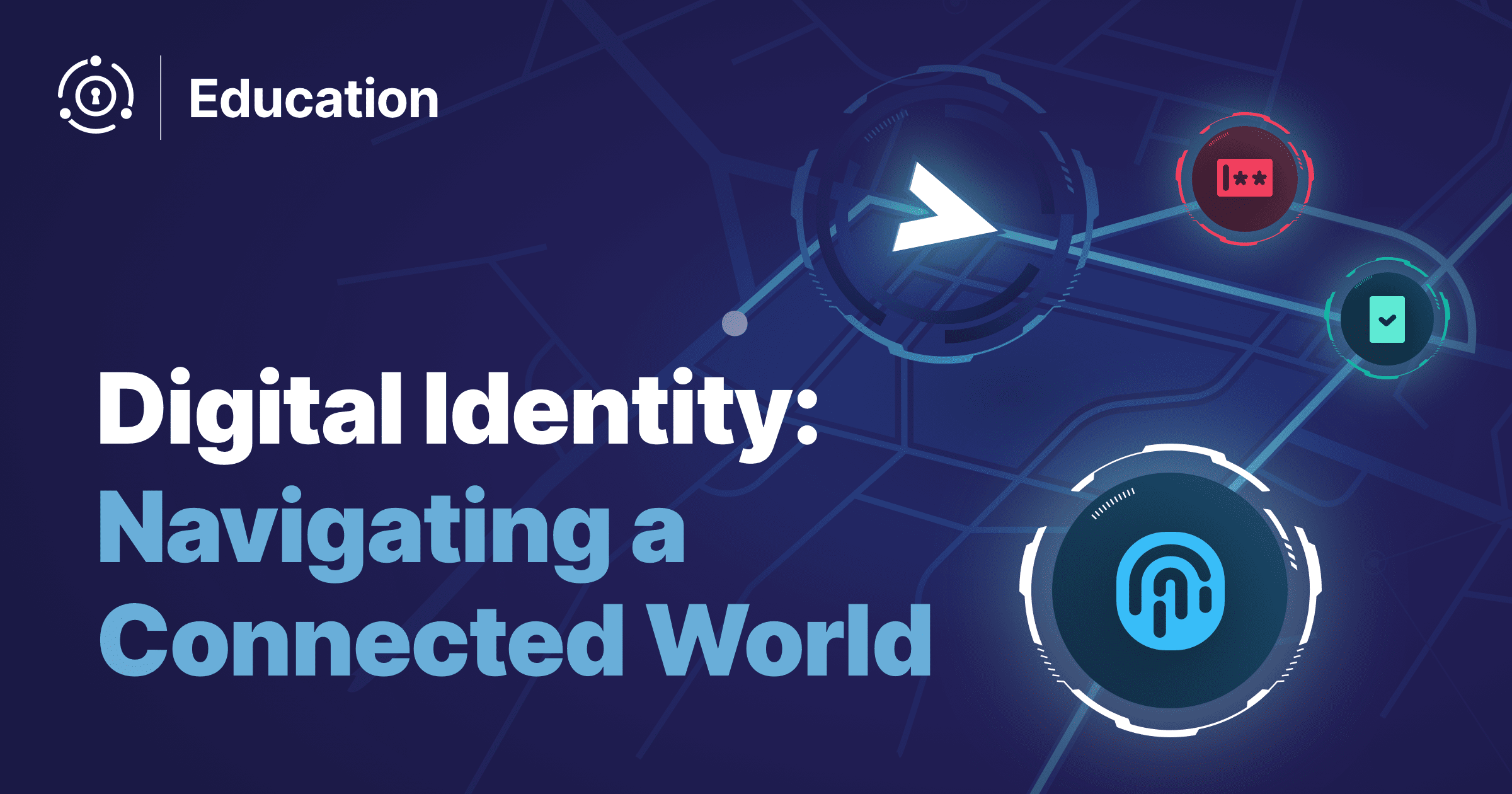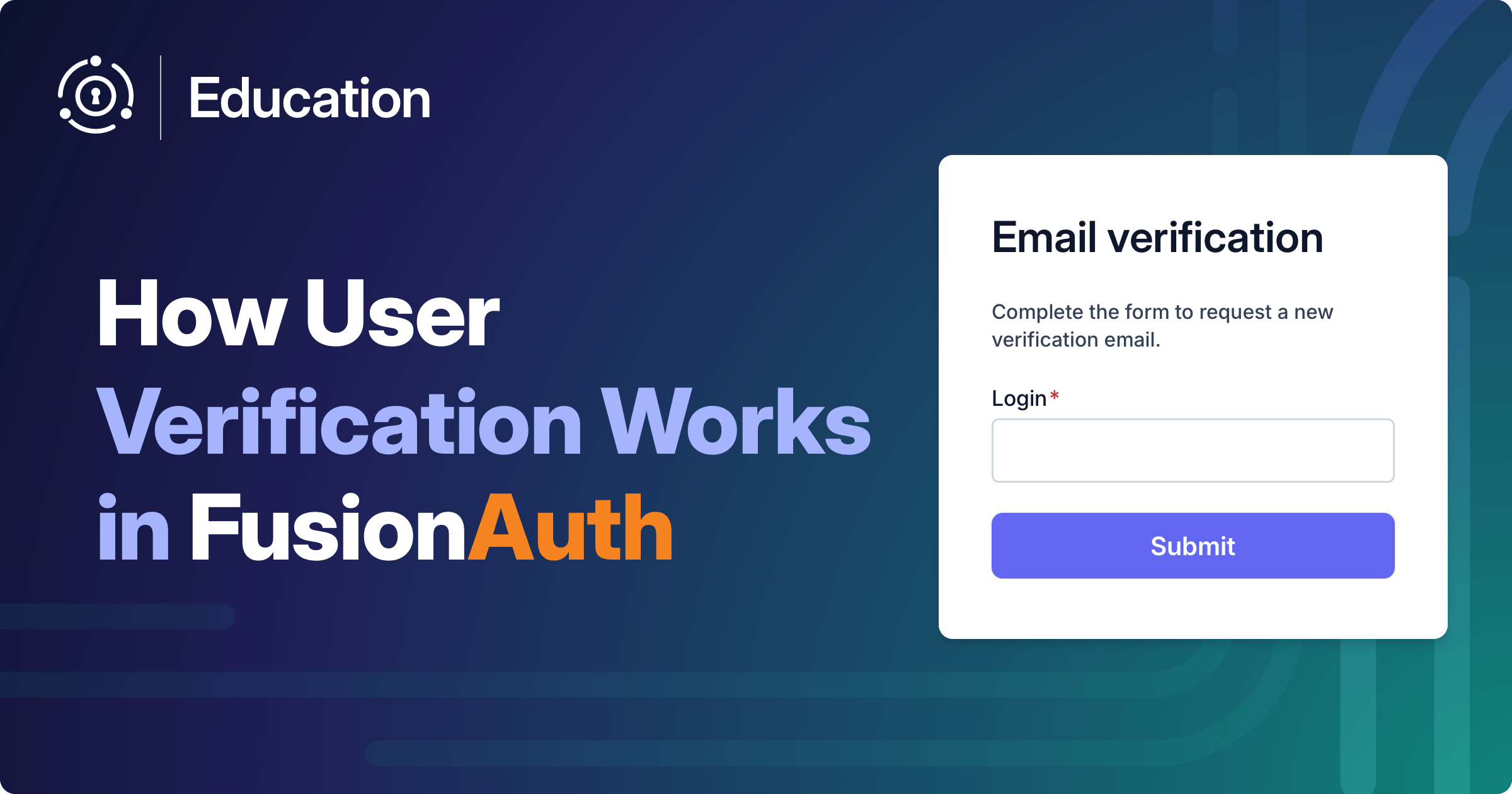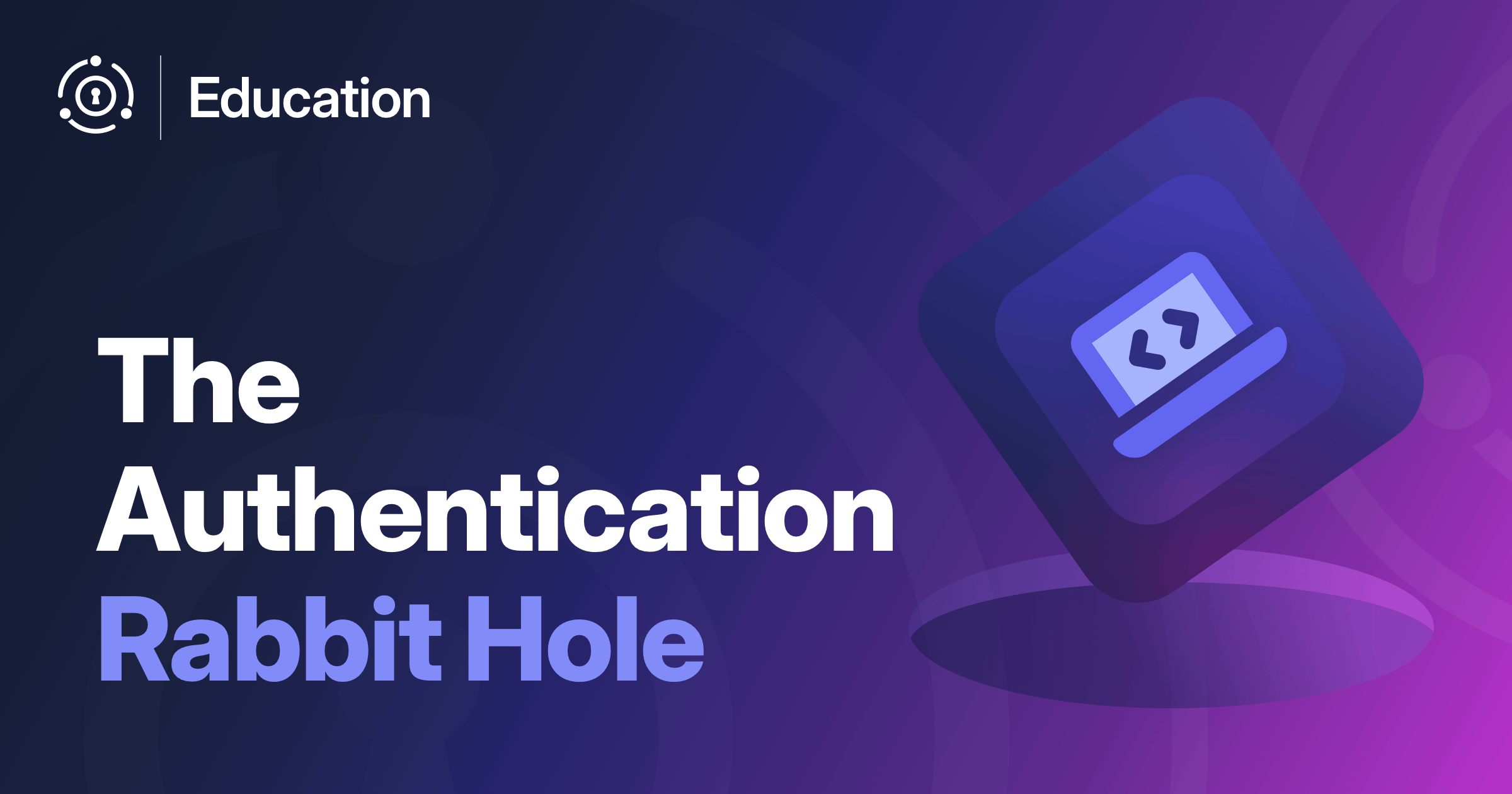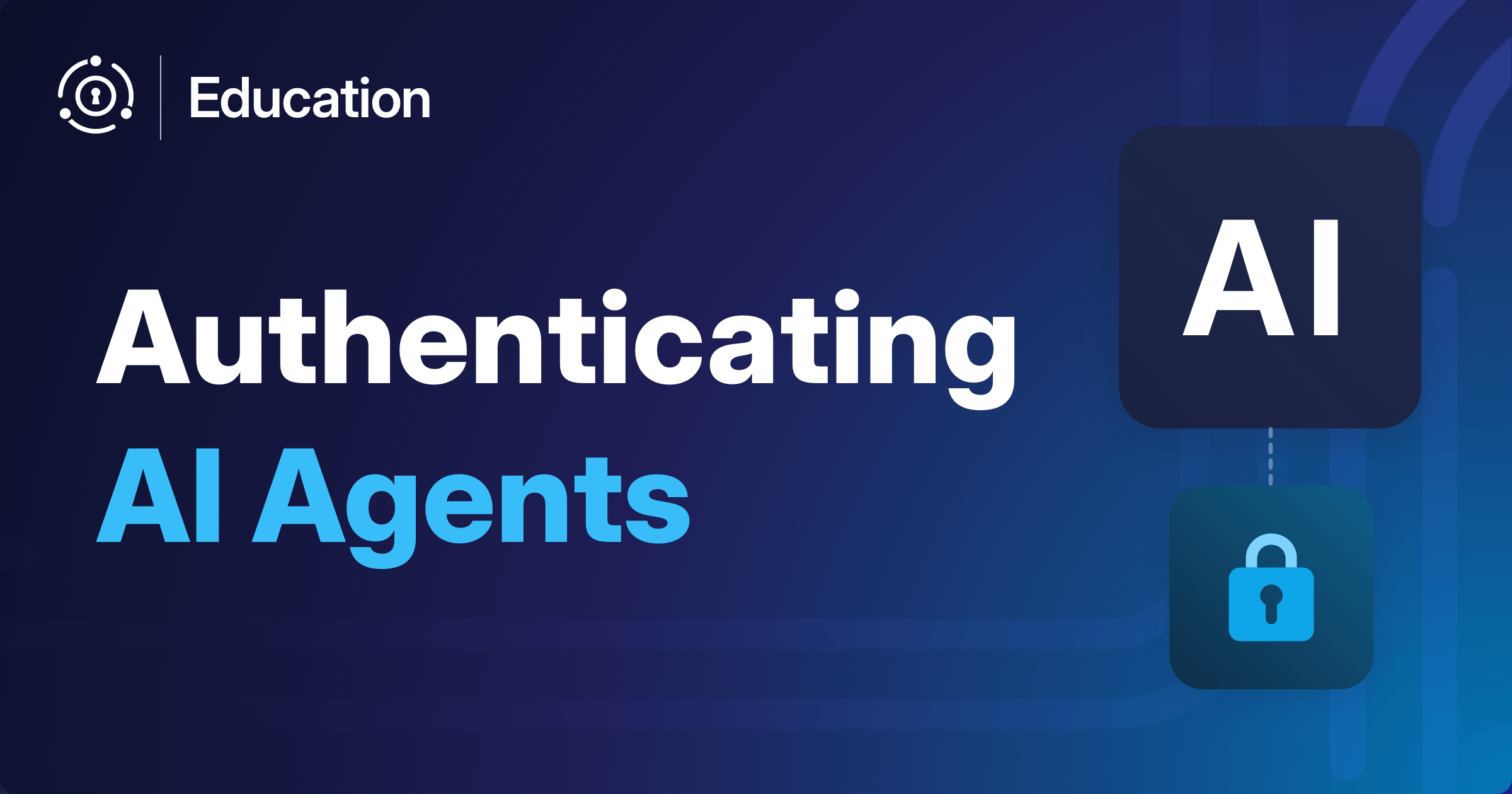Every time you key in credentials to access your go-to app, sift through your inbox, scroll social media, or jump into an online game, you’re doing more than just inputting a username and password. You’re affirming your digital identity, declaring, “Yep, that’s me!” And here’s the kicker: we’re all engaging in this ritual almost daily, likely thousands of times each month. But we seldom pause to ponder the dance happening behind the screen. So let’s unpack the layers around digital ID, the daily login routine, CIAM providers, and the world of authentication.
What is Digital Identity?
Imagine identity as an ever-changing painting. Every choice, preference, and action you make online adds another brush stroke. This painting is like a virtual version of all of your personal data, evolving with every click, every preference tweak, and every new interaction. Identity isn’t static. It’s a living, breathing entity in the digital world, reshaping itself as you navigate through your online life.
Now that we’ve painted that picture, let’s talk about the different elements that help you to complete those actions. From the first login to personalization, each step plays a critical role in your experience.
User Login: Saying Hello
You can picture logging in as the initial fist bump or high five you exchange with a platform. This is your chance to present your digital “Hi, my name is…” sticker.
But the real magic happens during the authentication process. This is where the platform takes a moment to ensure you’re really you. They might use something as simple as a password, a code pinged to your phone, or even your unique fingerprint. The goal is to establish trust that it’s actually you on the other end of the process.
Authentication and Authorization: You Shall (Not?) Pass
Think of authentication as the gatekeeper. It’s standing guard, ensuring that every claim of identity is legit. This process is a critical checkpoint that balances ease of access with the need for security. Today’s Internet is full of digital threats. So the art and science of authentication are constantly advancing. We’re always adopting new forms, like biometrics, multi-factor authentication, and passwordless technologies. It’s a persistent back and forth, where the good guys are always trying to stay ahead of the bad actors.
CIAM: The Backbone of Your Digital Journey
Now, let’s spotlight CIAM — Customer Identity and Access Management. Sure, it’s a mouthful. And for good reason. CIAM is what allows platforms to manage your digital identity with finesse, across a whole slew of applications and uses. CIAM should craft a seamless, frictionless user journey. The end goal is that you, as the user, are recognized, remembered, and respected anywhere that you log in. It allows for consistent, personalized experiences no matter where you are.
The Ripple Effect of Digital Identity
Here’s where the plot thickens: every interaction, every login, and every authenticated session sends ripples across the ecosystems that you use. These ripples influence not just user experience but also privacy, security, and even broader business strategies. In a world where data breaches and identity theft are all too common, the stakes get higher every day. The end result is that the more you add to your digital identity, the bigger the ramifications if or when something goes wrong. Managing digital identities with care and precision is a technical challenge, and it’s imperative.
The Personal Touch in a Digital World
Let’s not forget the human element in all this tech talk. At the heart of every digital interaction is a person seeking connection, convenience, and a sense of being seen. Okay, maybe being seen is a bit strong. But our digital identities are extensions of ourselves. How they’re managed speaks to the respect and value that we’re given as end users. A well-managed identity system doesn’t just protect. It empowers, personalizes, and enhances the user experience. It makes every digital interaction feel a bit more human.
Navigating the Identity Landscape
When we talk about identity, login, and all the other elements of CIAM, it’s easy to get lost in the jargon. There is a wealth of knowledge to be gained from quick start guides, code samples, documentation and the like. But there’s also a bigger picture.
The dialogue that needs to happen between developers, managers, and users becomes more vital than ever before. We’ve all heard that you never want to force a user to change their behavior. But changing user behavior is paramount when making identity more secure. This discussion should be about building secure systems and managing identities, while also respecting and enriching the experience for the users.
Looking Ahead: The Future of Digital Identity
There was a time when the lines between our physical and digital worlds were clear. Those same lines blur a little bit more each day as more of our life moves online. These changes mean that the way that we manage our digital identities is different as well.
We can’t talk about the future of digital identity without talking about accessibility, inclusivity, and the ethics that surround every one of these facets. This future demands technological innovation, but it also requires a deep commitment to the user experience. In this discussion, user experience is better seen as human experience.
It’s clear that every login, every authentication, and every interaction is a piece of a bigger puzzle. We’re all custodians of this data, tasked with the responsibility of managing digital identities with the utmost care and respect.
As we look ahead, the evolution of digital identity management will undoubtedly bring new challenges and opportunities. The rise of decentralized identities, the growing importance of privacy-by-design, and the ever-expanding Internet of Things (IoT) landscape are just the tip of the iceberg. These developments will test our resolve, creativity, and commitment to safeguarding digital identities while enhancing the user experience.









